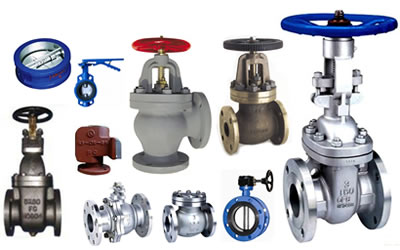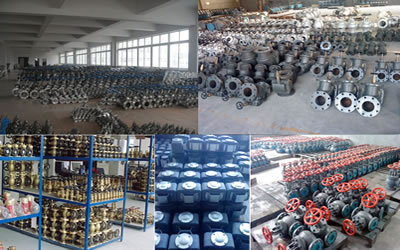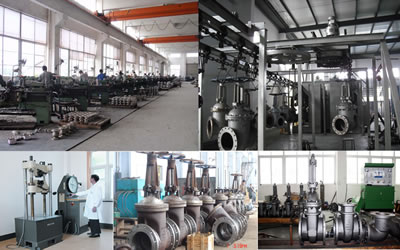Vessels selected for EU's CLINSH project

The European Union's (EU) CLean INland SHipping (CLINSH) project has selected the vessels that will take part in its initiative to reduce emissions across the inland shipping sector.
The selection was made via a Europe-wide invitation to tender and marks the beginning of the project’s monitoring phase.
Two separate groups of vessels have been outlined in the CLINSH project, with one comprising ships that require an emissions control system and the other group consisting of vessels that are already equipped with the solutions.
Various technologies will be tested during the course of the two-year initiative, including Selective Catalytic Reduction in combination with a Diesel Particulate Filter (SCR-DPF) systems, Fuel Water Emulsion (FWE) technology and hybrid power installations.
A selection of vessels will also be adapted to operate using alternative fuel systems such as liquefied natural gas (LNG) or gas-to-liquid (GTL) fuel during the trial programme.
Additionally, CLINCH will also involve the close monitoring of emission levels throughout the test activities.
CLINCH forms part of the EU’s wider LIFE programme and includes Belgium’s Port of Antwerp among its participants.
Antwerp Port Authority president Marc Van Peel said: “The inland shipping sector carries cargo to and from all parts of the European hinterland and is therefore crucial to the maritime ports.
“Like all other transport modalities, it must reduce harmful emissions.
“By taking part in this project, Port of Antwerp wishes to accelerate sustainable transition in close cooperation with the inland shipping sector.”
A series of practical trials are expected to be conducted from early next year as part of the latest round of CLINSH activities.
In addition, data collected from the vessels' regular operations will be used to provide insight for the inland shipping sector and various public sector authorities.
Image: Antwerp Port Authority representatives and CLINSH project barge operators. Photo: courtesy of the Port of Antwerp.




